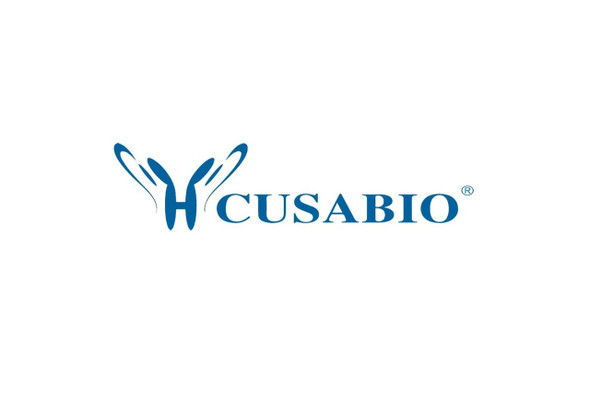Cusabio Active Proteins
Recombinant Human Fibroblast growth factor 1 protein (FGF1) (Active) | CSB-AP002381HU
- SKU:
- CSB-AP002381HU
- Availability:
- 5 to 10 Working Days
Description
Recombinant Human Fibroblast growth factor 1 protein (FGF1) (Active) | CSB-AP002381HU | Cusabio
Protein Description: Full Length
Alternative Name (s) : FGF-1, aFGF, Endothelial cell growth factor, ECGF, Heparin-binding growth factor 1
Gene Names: FGF1,FGFA
Research Areas: Signal Transduction
Species: Homo sapiens (Human)
Source: E.Coli
Tag Info: Tag-Free
Expression Region: 1-155aa
Sequence Info: MAEGEITTFT ALTEKFNLPP GNYKKPKLLY CSNGGHFLRI LPDGTVDGTR DRSDQHIQLQ LSAESVGEVY IKSTETGQYL AMDTDGLLYG SQTPNEECLF LERLEENHYN TYISKKHAEK NWFVGLKKNG SCKRGPRTHY GQKAILFLPL PVSSD
Biological Activity: Fully biologically active when compared to standard. The ED50 as determined by a cell proliferation assay using murine balb/c 3T3 cells is less than 0.5 ng/ml, corresponding to a specific activity of > 2.0 × 106 IU/mg in the presence of 10 μg/ml of heparin.
MW: 17.5 kDa
Purity: >97% as determined by SDS-PAGE and HPLC.
Endotoxin: Less than 1.0 EU/µg as determined by LAL method.
Relevance: Plays an important role in the regulation of cell survival, cell division, angiogenesis, cell differentiation and cell migration. Functions as potent mitogen in vitro. {ECO:0000269|PubMed:16597617, ECO:0000269|PubMed:20145243, ECO:0000269|PubMed:8663044}.
PubMed ID: 3523756; 2590193; 2474753; 1693186; 1717925; 1372643; 7504343; 14702039; 15372022; 15489334; 2393407; 2427112; 3527167; 3778488; 3964259; 3732516; 1885605; 8663044; 11432880; 11964394; 16597617; 18400376; 20863990; 15863030; 20094046; 22321063; 1702556; 8652550; 9655399; 10830168; 11069186; 10618369; 11847269; 14732692; 7521397; 8950275; 9719643; 20145243; 20220137
Notes: Repeated freezing and thawing is not recommended. Store working aliquots at 4℃ for up to one week.
Function: Plays an important role in the regulation of cell survival, cell division, angiogenesis, cell differentiation and cell migration. Functions as potent mitogen in vitro. Acts as a ligand for FGFR1 and integrins. Binds to FGFR1 in the presence of heparin leading to FGFR1 dimerization and activation via sequential autophosphorylation on tyrosine residues which act as docking sites for interacting proteins, leading to the activation of several signaling cascades. Binds to integrin ITGAV
Involvement in disease:
Subcellular Location: Secreted, Cytoplasm, Cytoplasm, cell cortex, Cytoplasm, cytosol, Nucleus
Protein Families: Heparin-binding growth factors family
Tissue Specificity: Predominantly expressed in kidney and brain. Detected at much lower levels in heart and skeletal muscle.
Paythway: Hipposignalingpathway
Form: Lyophilized powder
Buffer: Lyophilized from a 0.2 µm filtered PBS, pH 7.4, with 2 mM EDTA, 0.5 mM DTT, 5 % Trehalose
Reconstitution: We recommend that this vial be briefly centrifuged prior to opening to bring the contents to the bottom. Please reconstitute protein in deionized sterile water to a concentration of 0.1-1.0 mg/mL.We recommend to add 5-50% of glycerol (final concentration) and aliquot for long-term storage at -20℃/-80℃. Our default final concentration of glycerol is 50%. Customers could use it as reference.
Uniprot ID: P05230
Uniprot Entry Name: FGF1_HUMAN
HGNC Database Link: HGNC
UniGene Database Link: UniGene
KEGG Database Link: KEGG
STRING Database Link: STRING
OMIM Database Link: OMIM









